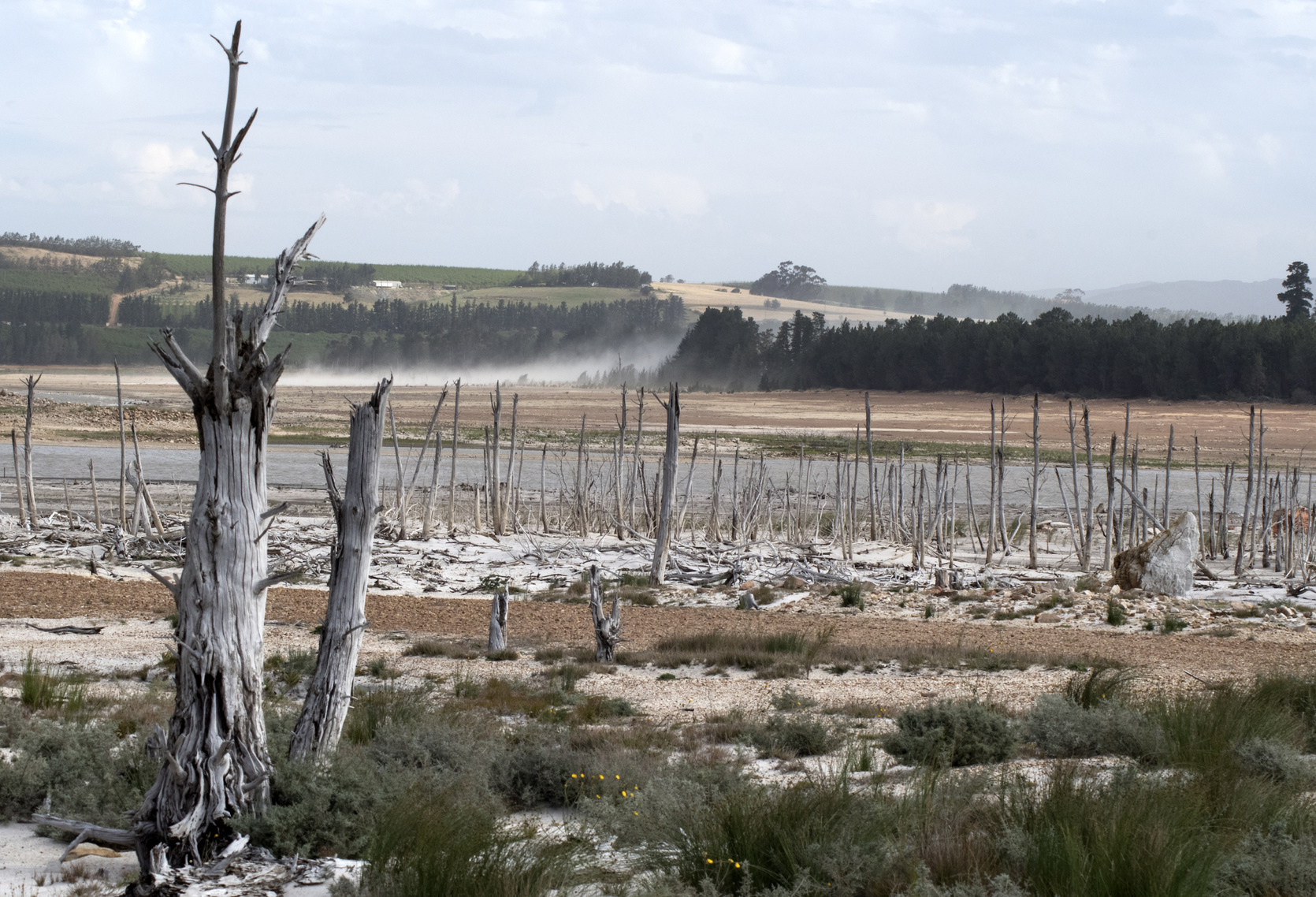GLOBAL REPORT—Sustainability trends in the hospitality industry continue to be a hot button topic, especially when it comes to initiatives in hotel spas, sources said.
More and more people expect hotel spas to do their part in responsible sustainability, said Jane Turner, director of spa and leisure for FRHI Hotels & Resorts. She said efforts could start with the design of the spa’s building.
And while that comes with several challenges, spa directors in hotels across the globe shared how their properties are achieving environmentally-friendly operations.
Trying to save water? Go Waterless with No-Flush Urinals.
Challenges of maintaining a sustainable spa
Sources agreed that one of the biggest concerns in a hotel spa is water and energy conservation. Often times, many hotel spas lack the right equipment to measure water and energy consumption within the spa unit, said Jeffery Smith, director of sustainability for Six Senses Hotels Resorts Spas.
It’s essential that hotel spas measure those metrics, he said, since spa operations require a large amount of water usage.
To read more on this Article by Dana Miller on Hotel News Now website, click here.






















